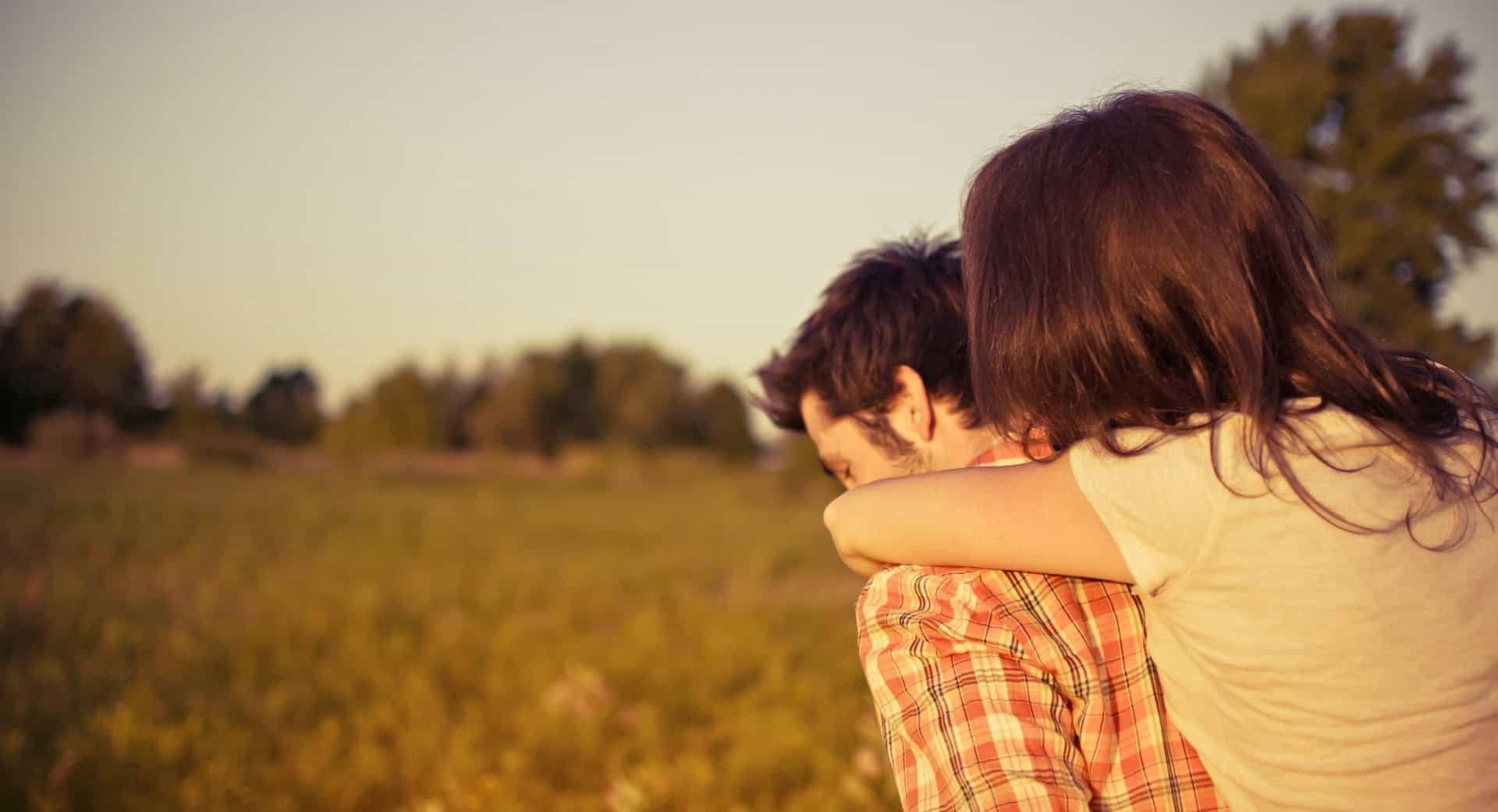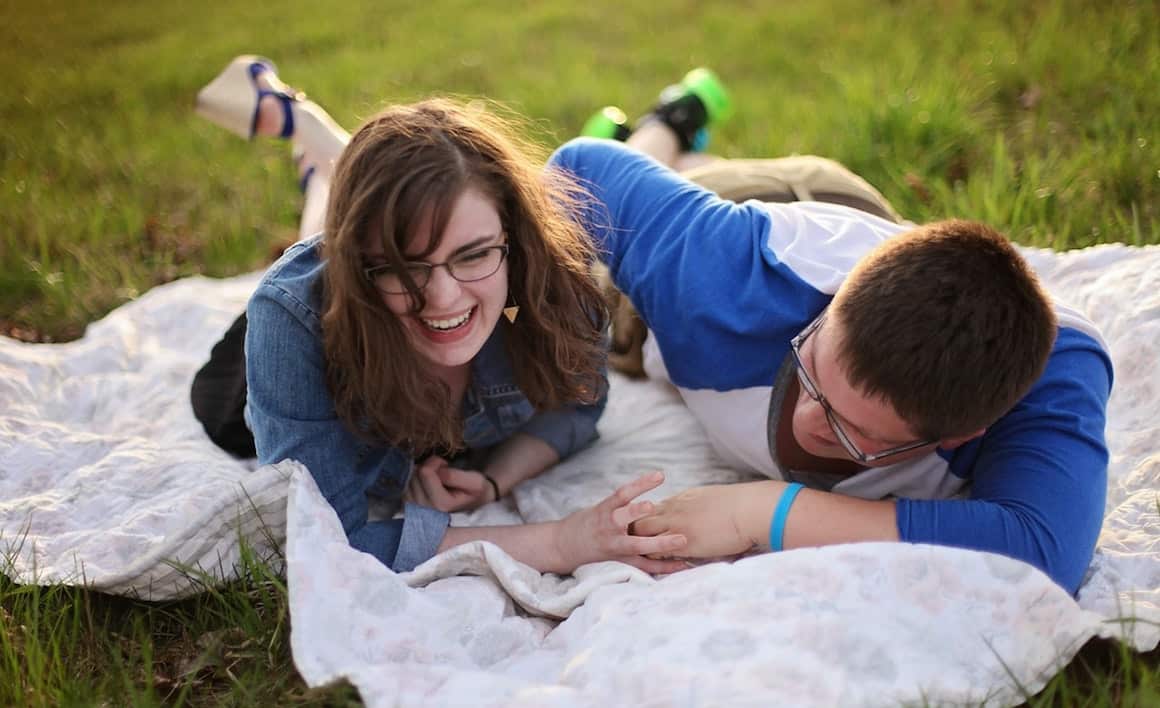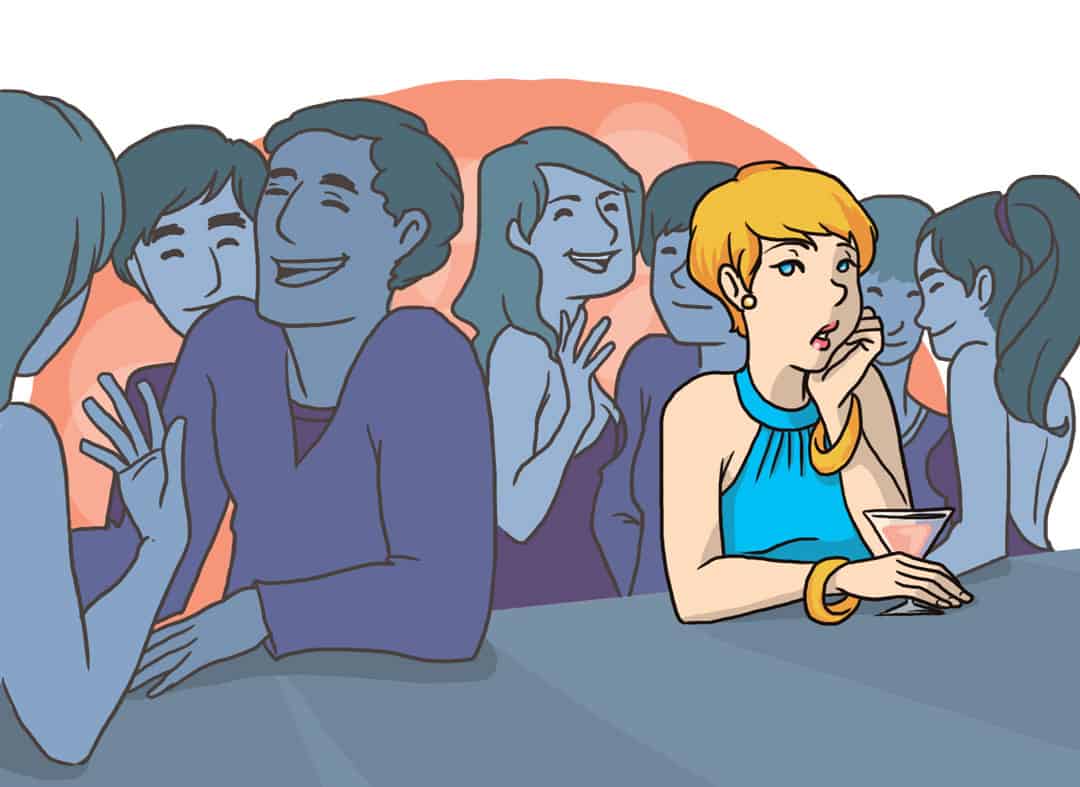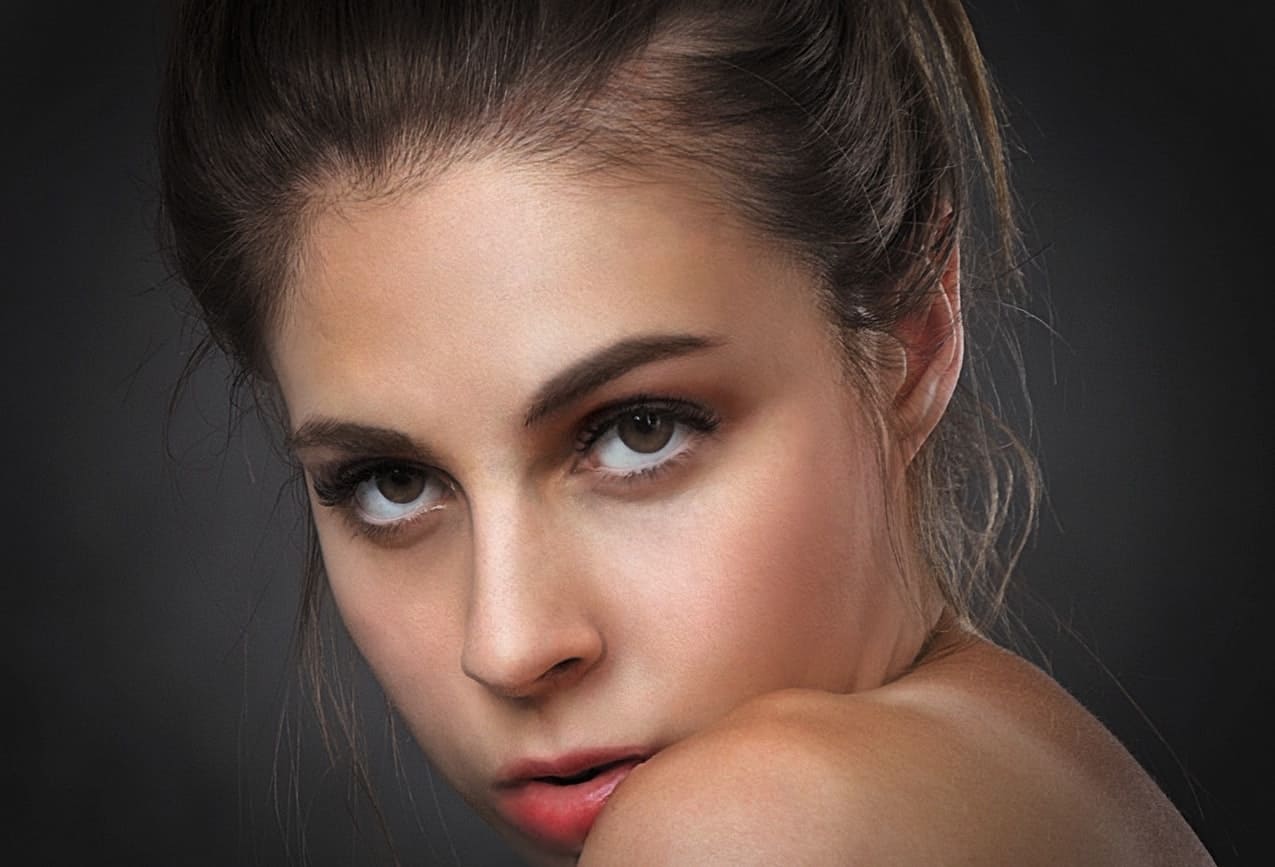Ever been to a party where one dude told amazing stories and entertained people all night? Great comedians do the same thing: Eddie Izzard, Robin Williams or Chris Rock can deliver awesome stories on the spot, often improvised, and in a captivating manner. They know how to tell a story and consequently they’re the life of the party! But how do they do it? There’s a secret language of great storytellers that many of us don’t recognize: it’s not so much that they have cool stories to tell – it’s how they tell them. Storytelling is an art, and there are means of making any story fascinating, funny, captivating and attractive.
The first step to any story is the opening. This is where you need to grab your listeners’ attention, so make sure it’s a damn good teaser. You do that by answering some of the most important questions right away: who, where, what, why, how? “Did I tell you about the time this fat guy attacked me and Alex in France?” Simple! Now, you’ve sparked attention. Let’s take it from here.
Secret #1: Visualization.
The art of storytelling is as old as language itself and common to all humankind. There are some basics: every story has a plot and characters, and a point of view from which it is told. A great storyteller will get you absorbed in the plot. You’ll feel like you’re actually there, experiencing the events and interacting with the characters. Visualization is a key to that. You can visualize by describing scenes: there’s the French coastline your story is set in, the white houses of the Provence, the sandy beach. Then, there are sensations: the smell in the air, the feeling of the sun on the narrator’s skin and the sound of seagulls.
You can also visualize with vocals and body language: use gestures to draw objects or mimic movements, and use your voice to amplify an effect – when you describe the fat dude on his towel, lower your voice and make it broad while you draw his immense stature in the air with your hands.
Use human behaviour to make scenes come alive: we tend to attribute behavior to objects, like “the waves were coming closer to catch him.”
Secret #2: Emotions in Storytelling
A good narrative will have recognizable emotions and characters who act believably. That’s why even a story set in unlikely surroundings, say a space station, can work great as long as we can relate to the characters, their emotions, struggles and interactions. Describe what you or your characters are feeling, how it manifests in their body – is it a prickle in the stomach, a cold shiver running down the spine?, and how it affects and motivates them. “We approached him, and right away, I saw him clench his fists and I had a dull feeling in my stomach.” Facial expressions and posture say a lot about a person’s emotions, so depict them. Trigger empathy in your listeners, it will put them “in the person’s shoes”: psychologists call this “narrative transport”.
Secret #3: Connection to the audience.
Whatever you do, you want to build a rapport with who you’re talking to. Involve them in what’s happening: “You know that feeling you get when…”, “It’s like you told me earlier…”, “Have you ever been to France?” Maintain eye contact, and I mean steady eye contact. You are sharing something here, so open up and establish a connection. Watch an Eddie Izzard show: he keeps interacting with his audience, even when his mind goes insanely astray. He also draws from common life experience: at the core of what he says, there’s something we instantly recognize from our own lives. Keep that coming! Appeal to human experience!
One last piece of advice, and this is purely linguistic: whenever you can, use the active instead of the passive form of narrative. Say “He attacked me” instead of “I was attacked by him.” The more action you have in your story, the more intriguing it is: we want to hear about people going out and doing things, not about stuff happening to them.
These are just a few elements of the secret language of great storytellers. Your rule of thumb is: be scenic from the very start. Draw pictures, make a setting come alive, describe smells, sounds, sights, feelings, conditions, faces. Then, convey emotions by describing how they manifest: shaky knees, clenched fists, goosebumps.
Finally, make sure that you keep the vibe going with whoever you’re talking to: dissolve the barriers between you and your audience by asking questions, referring to them or relating to their experience. We’re all drawn to tangible, true, authentic yarns. Now you can be the one telling them.
How is the best way to verbally tell a story?
With your mouth.
Advice on how to tell a good story?
First off- you have to already have the idea. Don't try and sit down at your computer, ready to write, if you don't have an idea yet.
If you struggle to come up with ideas, speak to friends about hypothetical movies- even if they sound REALLY silly. Take an idea and just run with it, just as a general exercise.
A lot of my ideas come from personal frustration that I really want to see a new movie in a certain style, that nobody is making any more. Usually something I grew up with. Then I run with that idea and start thinking of what I'd like to see done in that style. Chances are, the final product won't at all resemble it, because the story just ends up going a different way - and it becomes its own animal.
Once you have an idea- start to refine it based on practicality. What is it for? Is this a script that you want to sell large production company, or is it an independent film you want to put together yourself?
Think about what you have access to, and base what you write around your limitations. Even if you plan for it to be a big budgeted blockbuster - think as small as you can. Simplicity is key- and you don't want to write loads, only for the company to start tearing out pages because they can't afford to film those scenes - or for what you had planned to look like crap because it's beyond the company's or your own personal means.
The three act structure is your friend!
Write out simply what you want to happen in the beginning the middle and the end, as bullet-points.
Then split each of those stages into three more. Then you split THOSE stages into three more.
Once you have that - you're ready to start writing.
Try to focus on one or two main characters. Ensemble pieces can be great - but can you guarantee that you'd have access to enough strong actors to pull it off. Also, when you're starting out, focussing on one or two characters can really help you learn to build strong characters, because you're not constantly switching your focus and bloating your story.
The only other thing I can say is to play to your own strengths. If dialogue is something you're good with, then centre your script around interesting conversations. If you have a very poetic brain, and have a knack for symbolism and layers of subtext- then maybe don't aim to make the next Rambo movie.
If action scenes are your bag- keep in mind your limitations, but still play on it. Look at a movie like The Warriors. Plenty of action, but it's mostly street fights and brawling. Simple to choreograph, easy for actors to learn, and no need for big special effects.
Lastly, don't worry too much if what you write isn't always very good. I scrap more screenplays than I keep. That's just a part of the creative process.
How to tell a story over multiple years in one book?
Well, what all happens during those first seven years?
How to tell a story?
A story can be something very small and use mood and experience rather than a chain of events. The story doesn't necessarily need to be based on time. It can be your personal experience or the progression of a day or what you like about the city.
Try to find a theme you'd like to explore and build your 'story' around that. It can be the architecture, the people, the traffic, the chaos or the quiet, wealth or poverty. You can tell how impressive and big the architecture is, or how your experience was different from your expectations.
If you find a beginning and an end you can just fill in what happens in between. It doesn't need to be morning and night. It can be chaos and peace, or a feeling small and then feeling even smaller. It can be as small as that. In the end beautiful footage goes a long way on its own.


















